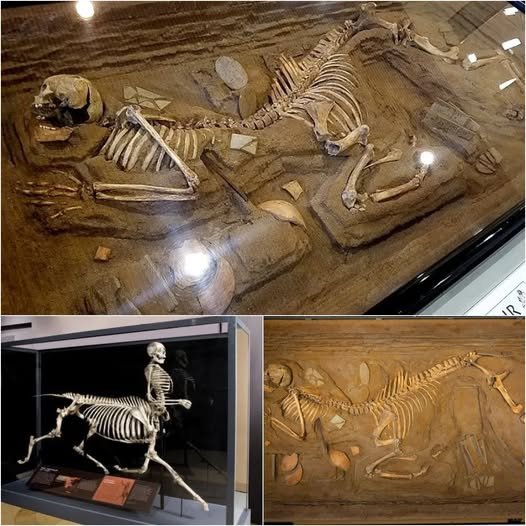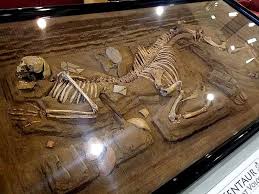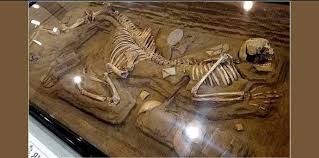A captivating myth suggests that in 1980, near Volos, Greece, the discovery of three centaur burial sites turned heads.
The captivating story of discovering three centaur burial sites near Volos, Greece, in 1980 is indeed a modern myth. Centaurs are creatures of Greek mythology, said to be a race of half-human, half-horse beings that inhabited the mountains of Thessaly, the very region where Volos is located. While the myth is rich and ancient, there is no scientific or archaeological evidence to suggest that centaurs ever existed.

While no centaur skeletons have been found, the Volos region is a site of genuine and stunning archaeological discoveries. It is home to the ruins of the ancient city of Demetrias, a major Hellenistic city that once rivaled Alexandria. Archaeologists working at the site have unearthed the remains of impressive public buildings, a massive theater, and thousands of artifacts that provide a tangible link to the lives of the people who lived there over 2,000 years ago.

The truth of archaeology in Greece is far more profound than any myth. Instead of discovering a fictional race of creatures, archaeologists are continually uncovering the real history of the people who gave rise to such legends. The artifacts, city walls, and burial sites from the ancient Greeks tell us about their beliefs, their art, and their daily lives. It is these real discoveries that provide a genuine connection to the past, offering a far more compelling story than any tale of a half-human, half-horse creature.
